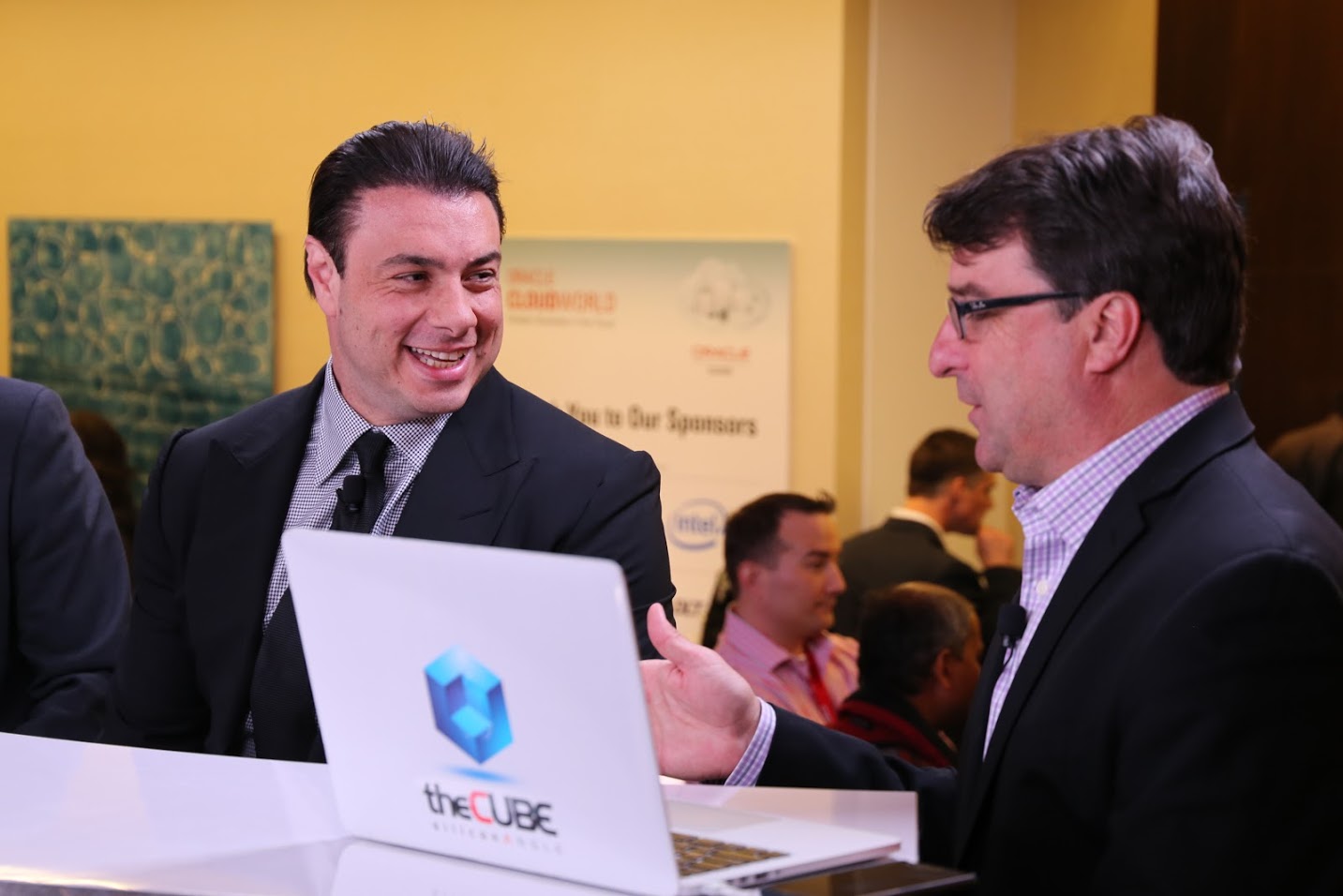 NEWS
NEWS
 NEWS
NEWS
 NEWS
NEWS
This is a big week for Oracle’s cloud angle, the latest being a new family of offerings that provide CIOs with choices for enterprise software deployment, and what Oracle calls an easy path for moving applications to the cloud.
This new family of offerings is referred to as Oracle Cloud at Customer. It’s designed to make it easier for organizations to move to the cloud, gaining the benefits of the Oracle Public Cloud Services from the Oracle Cloud or their own datacenter. While being available on-premises, it’s still completely compatible with Oracle Cloud, providing the same services, performance, scaling, and yes, pricing.
The software can be used for a variety of use cases, including workload migration, disaster recovery, and a single API and scripting toolkit for DevOps. As a result of extending the Oracle Cloud into data centers, users maintain full control over their data, keeping it contained while still gaining cloud benefits.
“It’s not a big debate, it should be about expanding premise and cloud, because at the end of the day, information lives in both,” says Steve Daheb, senior VP of Oracle Cloud – IaaS, PaaS, Security, mobile, and analytics. “So you have to have a solution that can actually span both. And to me it’s about new possibilities, redefining how businesses run and people work, and that is our opportunity with cloud today.”
Daheb adds: “You need to have a solution that provides a path from brick and mortar to mobile and cloud, and to be honest, everything in-between. A solution continuum spanning those two sides, bridging those two sides. So how do we do it? It actually takes many pieces working together, and I think Oracle uniquely combines the pieces into a solution that is much greater than the sum of the parts.”
Following that philosophy, the new software allows workload portability between on-premises and the cloud. Since the environments, toolsets, and APIs are identical, there’s nothing lost or altered when porting between the two. Even Oracle and non-Oracle workloads can be moved between the two as needed by changing business requirements.
Compliance-wise, it continues to meet data sovereignty and data residency requirements that may demand customer data be kept within a data center or geographic location. It also complies with security and privacy regulations for industries or countries, such as HIPAA for US healthcare or the United Kingdom’s Data Protection Act.
Oracle announced five services Thursday: Infrastructure, Data Management, Application Development, Enterprise Integration, and Management.
“What we’ve done with the database as a service is automate the entire process of creating, configuring, patching, backing up, monitoring work,” explains Thomas Kurain, president of product development at Oracle. “And so every part of our platform works the same way, and by automatic it, we’re bringing this technology to all those people and all those applications that wanted to use it but did not have the skill set or resources to use it.”
This is more than just cloud, and more than just hybrid. This is a new combination of on-premises and cloud, a cloud in a bottle (the bottle being the datacenter), and a unique way to move back and forth between the cloud and premises as necessary. With the Oracle Cloud at Customer, Oracle is paving its new path in cloud solutions.
Support our mission to keep content open and free by engaging with theCUBE community. Join theCUBE’s Alumni Trust Network, where technology leaders connect, share intelligence and create opportunities.
Founded by tech visionaries John Furrier and Dave Vellante, SiliconANGLE Media has built a dynamic ecosystem of industry-leading digital media brands that reach 15+ million elite tech professionals. Our new proprietary theCUBE AI Video Cloud is breaking ground in audience interaction, leveraging theCUBEai.com neural network to help technology companies make data-driven decisions and stay at the forefront of industry conversations.